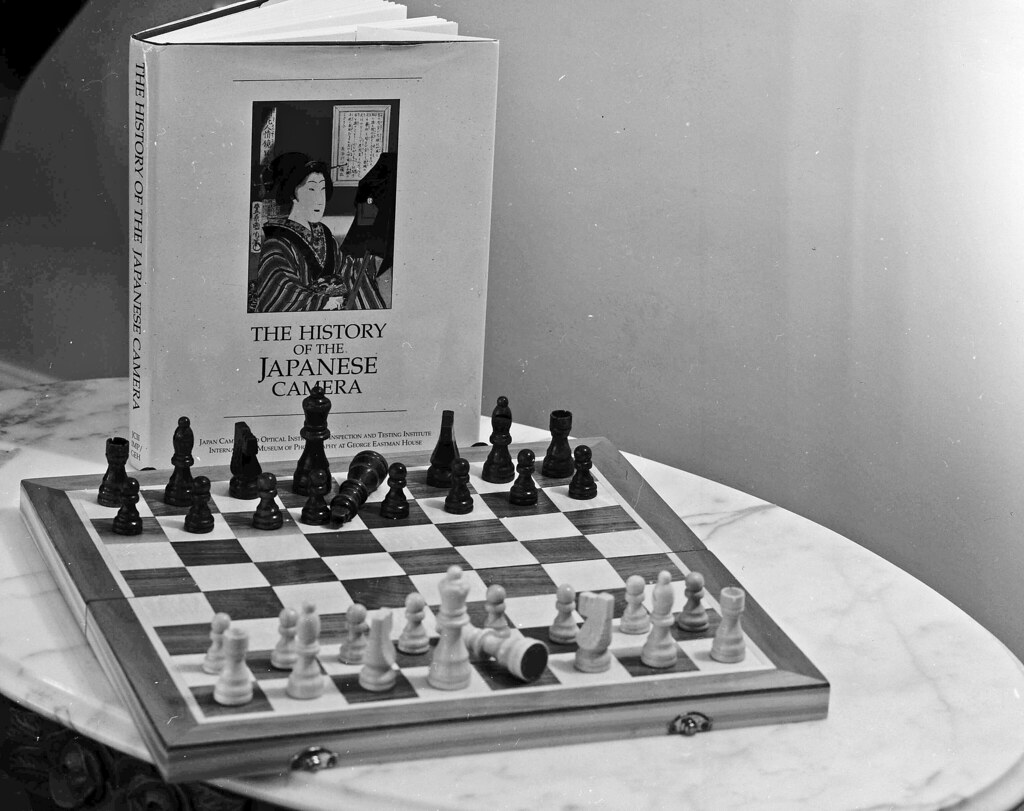I've had good luck with DF96. I usually aim for 75-80 degrees, I think it functions best in this range, anything over 800 has less reliable results (possibly due to decreasing/uneven temps during development period). Remember, you can err longer times if you want, it doesn't affect development. DF96 works this way: temperature is how you control development, agitation is how you control fixing. More temp, more development. More agitation, more fixing/less development. Thus the middle ground on both is what I usually take.
I have good luck with HP5 at 400 and pushed one stop to 800, Delta 400 looks good, and Foma 100 is especially nice in my opinion.
I would fully submerge the film, having it half submerged and cranking it sounds like a recipe for failure to me, you introduce uneven temps and the fixer part of the solution seems to react poorly to the unevenness of the half submerged method. Also pre-soaking hasn't done any good for me at all.
Sent from my TA-1025 using Tapatalk









